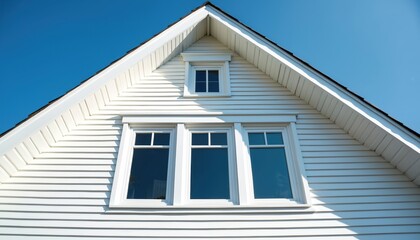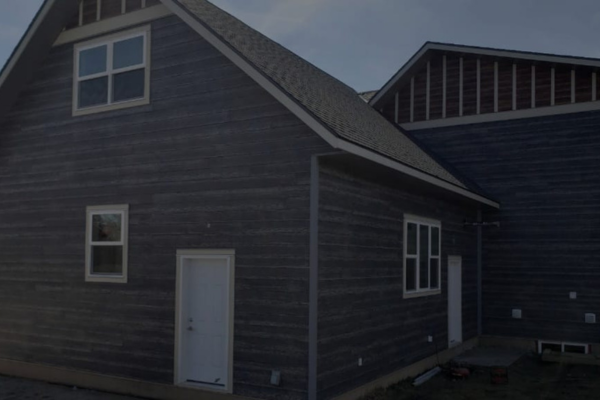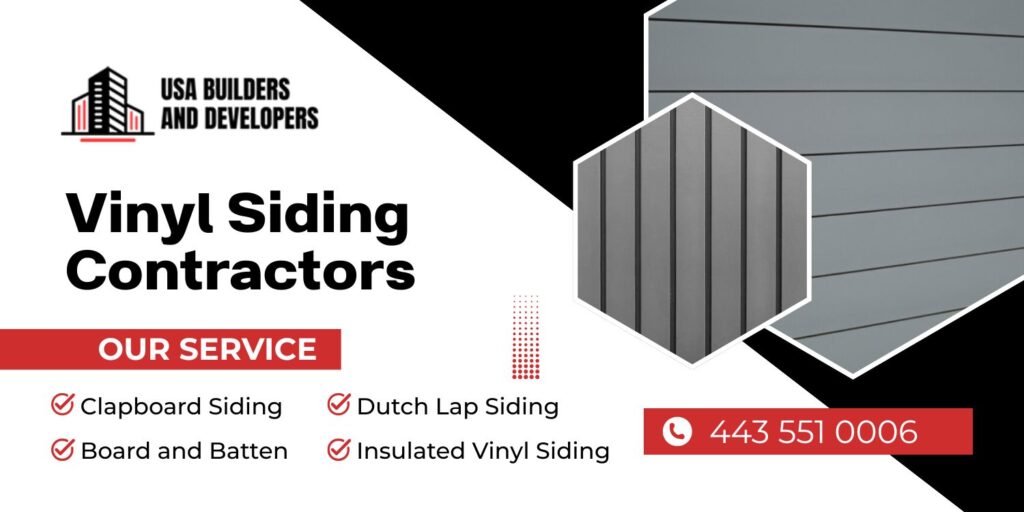When it comes to protecting your home in Maryland, vinyl siding is one of the most practical and stylish choices available. It offers durability, versatility, and affordability. However, to enjoy all these benefits, finding skilled vinyl siding contractors near me is essential. USA Builders and Developers, a trusted provider of professional siding services in Maryland, ensures flawless installation, lasting protection, and a polished finish that enhances your home’s appearance for years.
In this guide, we’ll explore everything you need to know about vinyl siding – its benefits, types, installation process, and the importance of hiring experienced professionals for installation and repair in Maryland.
What Is Vinyl Siding and Why It’s Popular
Vinyl siding is a durable plastic exterior material used to cover and protect homes. It mimics the look of wood without the constant maintenance that wood requires. Homeowners love vinyl siding because it’s affordable, easy to maintain, and available in countless colors and textures.
Unlike wood, vinyl siding doesn’t need to be painted or stained. It resists moisture, pests, and weather damage – making it perfect for every season. With proper installation, vinyl siding can last up to 40 years or more, offering long-term value and peace of mind.
Different Types of Vinyl Siding Available
Not all vinyl siding is the same. Depending on your home’s design and personal taste, there are various options to choose from. Here are the most popular vinyl siding types you’ll find through local contractors:
| Type of Vinyl Siding | Description | Best For |
|---|---|---|
| Clapboard Siding | Horizontal panels that create a timeless, classic look. | Traditional homes and colonial styles. |
| Dutch Lap Siding | Panels with a distinctive shadow line for added texture. | Homeowners wanting a decorative touch. |
| Board and Batten | Alternating wide and narrow vertical panels. | Farmhouse or rustic home designs. |
| Shake Siding | Mimics the look of cedar shakes with textured finishes. | Coastal or cottage-style homes. |
| Insulated Vinyl Siding | Features built-in foam backing for added insulation. | Energy-efficient and modern homes. |
Each type brings its own charm and benefits. Discussing your preferences with vinyl siding contractors near me helps determine which style best suits your property’s design and weather conditions.
Vinyl Siding Installation Process Explained
Professional installation is more than just attaching panels, it’s a detailed process that ensures long-lasting performance. Here’s what a typical vinyl siding installation project looks like:
1. Inspection and Preparation
Before installation, contractors inspect the home’s exterior for damage, mold, or rot. Any issues are repaired to ensure a stable foundation for the new siding.
2. Removing Old Siding
If old siding exists, it’s carefully removed. Contractors dispose of the debris properly and prepare the surface for new material.
3. Installing Insulation or Weather Barriers
High-quality siding jobs include the addition of insulation or moisture barriers to improve energy efficiency and prevent leaks.
4. Precise Panel Installation
Each vinyl panel is installed with precise spacing to allow for natural expansion and contraction. Contractors use specialized tools to fasten and trim each section perfectly.
5. Finishing Touches
Corners, trim pieces, and caulking are added for a seamless and polished look. Once complete, the team cleans the site and performs a final inspection.
When done by professionals, your siding installation not only looks beautiful but also protects your home for decades.
Signs You Need Vinyl Siding Repair
Even the most durable siding can develop problems over time. Recognizing the signs early can save you from expensive repairs later. Contact local vinyl siding contractors near me if you notice:
- Cracks, holes, or warping in panels
- Fading or discoloration
- Loose or missing sections
- Mold, mildew, or water stains
- Higher energy bills due to poor insulation
Prompt repair prevents further damage and extends the life of your siding. Whether it’s a small section or a full replacement, professionals ensure the repair blends perfectly with your existing exterior.


Why Regular Maintenance Matters
Vinyl siding requires less upkeep than other materials, but regular maintenance still helps preserve its beauty and strength. Here are some quick maintenance tips:
- Wash siding annually with mild soap and water.
- Check for cracks or gaps around windows and doors.
- Trim shrubs or trees that touch your home.
- Inspect after storms for any loose panels or damage.
Routine care ensures your siding continues to protect your home while maintaining its appearance year after year.
Choosing the Right Vinyl Siding Contractors Near Me
The quality of your siding installation depends heavily on who you hire. Before choosing a contractor, consider these key factors:
1. Experience and Expertise
Look for contractors with years of experience in vinyl siding installation and repair. Ask about their certifications, past projects, and training.
2. Reputation and Reviews
Read customer reviews and testimonials online. A contractor with positive feedback and repeat customers is usually a reliable choice.
3. Licensing and Insurance
Ensure the company is licensed and insured to protect yourself from liability in case of accidents or property damage.
4. Transparent Pricing
Request detailed quotes from multiple contractors. Compare costs, materials, and timelines to make an informed decision.
5. Communication and Professionalism
Good communication is key. A reliable contractor will answer your questions clearly, provide progress updates, and respect your schedule.
Hiring professionals like USA Builders and Developers ensures you get superior workmanship, high-quality materials, and a siding finish that adds both beauty and protection to your home.
How Professional Siding Repair Restores Value
If your siding has started to show signs of wear, professional repair services can make a huge difference. Skilled contractors can replace damaged sections, fix insulation gaps, and refresh the overall look of your home. Instead of replacing everything, targeted repairs can restore both appearance and performance at a fraction of the cost.
Moreover, maintaining your siding improves your home’s resale value. Potential buyers appreciate well-maintained exteriors because they signal care and quality craftsmanship.
Final Thoughts
Your home deserves the best protection and design, and it starts with choosing trusted vinyl siding contractors near me. Whether you need a fresh installation, a quick repair, or a complete exterior upgrade, hiring professionals ensures lasting quality and stunning results.
Professional installation not only improves your home’s curb appeal but also strengthens its energy efficiency, weather resistance, and long-term value. When you’re ready to transform your home exterior, turn to experienced experts like USA Builders and Developers. Their dedication to craftsmanship and detail guarantees your home will look beautiful and stay protected for decades.
Have Questions? Call Us Now!
We’re here to help—quick answers, friendly service, anytime you need!

